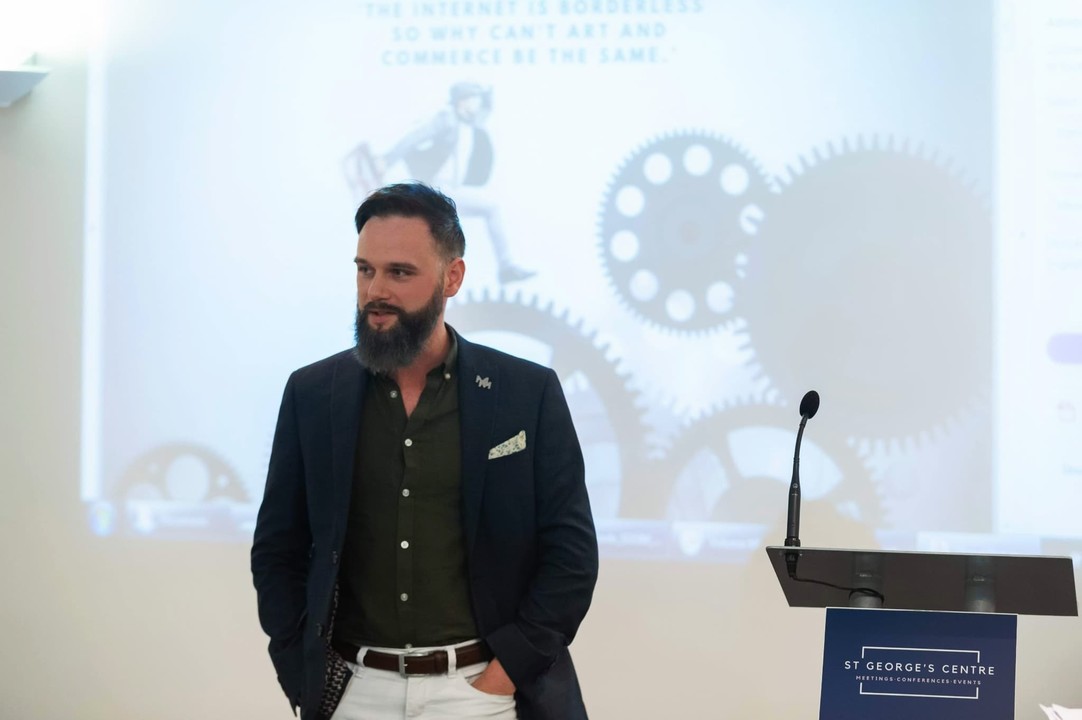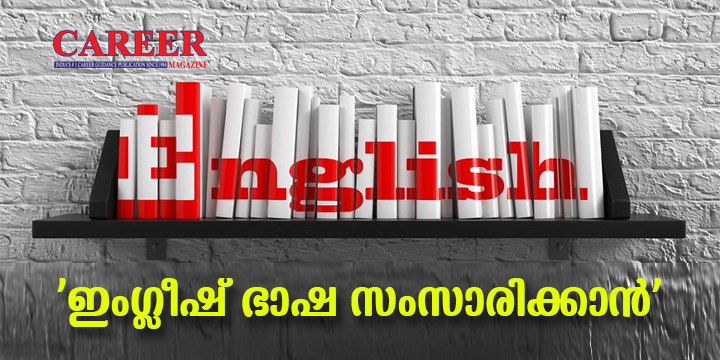Search Engine Optimisation. (Google Specific) What comes next?

Johnny Pawlik
(Founder & Managing Director, Keynote Speaker, Investor, Trustee )
Google wants you to do one thing! According to its P.Q (Page Quality) factors, it wants your website to live its raison d’être ‘reason for being’. What does this mean? According to Google’s 160+ page guide on How Search Works, (link below), technical SEO ranking factors are becoming nil and void by comparison to interaction and user interface factors, meaning whatever information your website is meant to give to your audience needs to be done as quickly and as efficiently as possible.
Once a year I write a forecast article on SEO that predicts the future Google is moving towards, primarily concerned with its weightings of ranking factors for the next year. Thankfully, I’ve forecasted positively for years now and most of the changes I’ve predicted have come around within the first three to six months within the next coming year. This year my SEO forecast is taking a different route. Instead of concentrating on specific algorithm updates like Penguin and Humming Bird etc… I’m writing more of a complete guide outlining the most important factors you need to begin working on to ensure your website packs a powerful enough punch to rise in the rankings in 2019.
The reason for the altered approach this year is to meet the new criteria outlined by Google including their own assertion on what are the most important SERPS weighting factors. There have been new ranking factors, recently made live, that take a more intricate and in-depth look at authorship and the reputation and trust of the company and/or content author, rather than just the website hosting the content, (this doesn’t mean that this too isn’t also an important factor). Whoever writes the article is now integral to the trustability of the content and thus the ranking. This is a huge change and is going to create big effects over the next few months.
WEIGHTING CHANGES
You may have heard the expression, ‘Content is King!’, Bill Gates 1996 and then Matt Cutts 2010. Well, times are changing. Now, the User is King and content is only powerful if a number of new intricate factors are considered and acted upon.
Below is an overview of the most important ranking factors for 2019 and the basics that need to be fixed today, considered deal breakers from Google. These lists are for people that want quick answers, rather than a more in-depth explanation. This is followed by a more comprehensively detailed deconstruction further below for those with a greater interest in the subject matter.
MOST IMPORTANT RANKING FACTORS FOR 2019 (Quick Version)
U.X user experience (Clear and considered formatting, strong CTR, a reduction in over monetisation including ads and affiliate links, answer questions quickly, preventing pogo sticking, time on page, mobile friendliness). The most important of these being the time it takes for your website to help the user with their initial search query, (more on this below).
Content Depth, how thoroughly the topic is covered after the basic answer is given.
Quality Backlinks, to the content page, please don’t buy links, you’ll get caught out. This is considered on the extreme side of Black Hat now.
Site Reputation and Authority, are you and other organisations/media outlets writing about you and/or your company’s credentials, both on and offsite.
Rich Content, appropriate use of multimedia (images, infographics, video, interactive tools).
URL Length, keep it snappy.
Internal Links to the page, is your website cohesive on your subject matter and able to signpost to further useful knowledge within your domain?
Outbound or External Links, to quality content sources consistent with your subject matter across the web.
Author Trustability, reputation around the web including official certifications from trusted institutions.
THE BASICS THAT NEED TO BE FIXED TODAY!
Site speed, as long as you’re not in the bottom 30% of website speeds online you’re okay. Above that, speed doesn’t seem to generate a discernible difference in ranking but below that, you’re in trouble. Want to check your site speed, I’ve provided a link at the bottom of the article.
Mobile friendly, I really shouldn’t have to mention this in 2018! I was advising companies to do this ten years ago.
Onsite Broken Links, easily sorted, speak to your developer/SEO specialist if you need a hand. Depending on the size and upkeep of your website this may need some sorting.
SSL, if you use chrome you know why this is a serious U.X issue. No one likes a red warning sign in their browser.
Schema usage, tells search engines what your data means rather than just what it says. Fantastic for venues and event companies. Refer to Stack Overflow if your developer needs help, link below.
Plagiarism, don’t do it. The amount of times clients give our developers content they’ve obviously (acquired) from other websites is a little ridiculous. If you need content just commission us to write it.
IMPORTANT RANKING FACTORS FOR 2019
U.X and Usefulness
Preferred SERPS (Search Engine Ranking Positions) are given to pages that are obviously designed to support and help the user. The P.Q (Page Quality) rating evaluates this in relation to how quickly and effectively your page appears to deliver what it ‘says on the tin’. Websites with too many ads and affiliate links, trying to make money rather than support the user will receive the lowest P.Q ratings.
Bouncing Vs Pogo Sticking, the name of the game used to be to try and gain the lowest Bounce Rates possible as Google used to favour time onsite and it still does only if the search query and user journey corresponds. High Bounce Rates can now be seen as positive if you’re answering a simple query quickly. It’s user pogo sticking that you need to watch out for. This is when users ‘Bounce’ from one page to another within your website trying to find the answer to a specific question from their original search query. Be aware of the difference – Pogo Sticking (Trying to find the answer, bouncing from one page to another) vs Bouncing (Getting the answer quickly and efficiently). Now is the time to get serious about your user journeys.
Ads, try to keep popups and ads to an absolute minimum because they tend to distract from the main body of content. If you have ads on the page. Don’t make them big or put them between the content that’s meant to be serving the user. This is going to seriously de-rank many news websites that consistently overdo this. Also, keep in mind that each of these ads will need loading time and this can sometimes drive people away from your website before being able to access the content they originally arrived for. If you’re still lost refer to the ad quality guidelines from Google.
SSL Certification, Google announced a couple of years ago that this would affect SERPS and there is evidence for this but more importantly in 2019 you need to be paying attention to the impact this now has on user experience. This is a serious deal breaker. Chrome now automatically informs all your users that your website isn’t secure if the SSL isn’t active. Earlier this month Tech Advisor stated that Chrome usage accounts for ‘well over half of all web traffic’ indicating that most of the time your users will most likely be using Chrome, (article linked below). According to Search Engine Journal, back in May of this year, changing from HTTP to HTTPS is now paramount. They went on to state that if you’re wondering whether you should, the answer is ‘unequivocally yes’. The article is linked below. If your website isn’t secured with an SSL, contact your hosting provider or web developer. It needs to be actioned today.
Website and Creator Reputation
Google is now looking at the creator ecosystem to establish the reputation of whom writes each article. This includes gathering independent sources from the web to create an image of your author’s reputation. This also includes what you write about yourself on your website and if it is consistent with everything else that’s written online. For the moment, I’m assuming that this is only looking for positives to prevent abuse, in an advanced form of negative SEO. The more experts in your field you can get to write about your expertise, the better. Just like in academia your content is being validated by a peer-reviewed approval system. Ways to boost this include, photography featuring the subject matter, (ideally you in the frame doing the thing you’re writing about). Thorough About pages including your credentials, that are evidence-based. Speaking events and conference talks with links, Wikipedia articles, e-books etc… Anything to establish your expertise. All of the above is company based too and a combination of the two is the ideal. If you have amazing people within their field in your company that also deliver unparalleled services, make sure it’s all over your website.
Link Building
Building a strong backlink profile is still one of Google’s valuable ranking factors. Rather than the more links the better, your link profile should now be concerned with establishing a reputation following the E-A-T guidelines, (Expertise, Authoritativeness, Trustworthiness). Google has doubled down on penalising websites that create backlinks for SEO. This is made very clear from the new guidelines. This will be a controversial statement but guest blogging is mostly considered unfavourable, it’s very clear that it shouldn’t be done to create more links but only on highly authoritative websites that build a reputation by demonstrating a high level of expertise, (this is very muddy waters). Old strategies used to automatically generate, buy or even trade website links will now seriously damage your SEO. Many of the White Hat SEO strategies used in recent years are now considered Black Hat tactics. If you think you’re only 12 months behind, in real terms your probably 5 years behind. Be careful who you hire to do your SEO. You need to do your due diligence and ensure that their finger is firmly on the pulse or your website’s reputation could be ruined very quickly. If you’re already a victim of this, and I know many organisations that have been, contact a marketing firm with specialists that can help you get back on track.
Google’s P.Q (Page Quality) Requirements
For each page, you’ll need to consider the amount of main content used and it’s quality. Information should be informative, clear and structured. Make it clear who the author is to help establish the reputation of the content. The Expertise, Authoritativeness, Trustworthiness (E-A-T) of the website, its content, and the author. Ensure that there is an alignment of the page’s purpose with the URL and the content.
Answer the question as clearly and quickly as possible. Don’t make your users have to read through hundreds or even thousands of words of waffle before they get to the real substance as a strategy to keep them onsite for longer. If you need a little extra help understanding the difference between high and low-quality content, Google gives many examples of low, medium and high content in their Search Quality Evaluator Guidelines, I’ve linked this below. The age of the content is also a factor and different people in the SEO field estimate that it takes anywhere from 10 to 35 weeks for an article to find it’s long term place on Google. Pro Tip (If possible on certain subject matters, update and improve your published content over time).
Be careful when using hyperbole and headlines that are overly exaggerated or language used to shock. If this isn’t aligned what the user receives within the content you deliver, you’ll be penalised.
Authorship is paramount, ensure that you always make it clear who the author is of the content that’s been published. For ecommerce websites also ensure that it’s easy for the user to understand who handles your customer service inquiries. This will also help with the development of your E-A-T and is extremely important for YMYL (Your Money Your Life) websites. If you’re not familiar with YMYL websites and would like to learn more, I’ve included an original article from Search Engine Land after the update from Google back in 2013.
Auto-generated content, using this in the main content is a red flag for Google. I’ve been advising organisations since 2012 not to use templates that activate RSS feeds or APIs to create new pages. This will put your website at the lowest level of P.Q ratings.
Generally, most of the updates and changes Google are releasing are aligned to their larger mission statements and many of the talks where they speak about the search engine progressing so most of these changes shouldn’t come as a big shock. Especially to anyone that’s been monitoring how the Google architecture has developed since 1998. It’s easy to see that many companies online aren’t getting this right yet and over the next three to six months I’d expect many to see a drop in their content and overall website rankings unless they take a proactive approach to improving their websites. This is all very good news for users and means that more of the Black Hat SEO people will be leaving the stage. A bonus for us White Hat SEO specialists.
www.mantrahq.com
https://www.linkedin.com/in/mantramarketing
Author notes – I’ve been writing SEO information articles on LinkedIn for 5 years. SEO practices are easier to understand today more than ever before but the time needed to be effective has also risen dramatically. There are no longer any short cuts. If you want to improve your website’s Search Engine Ranking Positions but don’t have the time or inclination to make it work, I offer an easy solution. Work with us at Mantra, we have an incredible SEO track record, supporting new and established websites to reach their SEO goals. Even if you’ve had bad SEO in the past, we can help. Most people need to see where they are today to plan for the future.
For a free SEO analysis of your website contact Molly – Molly@mantrahq.com or me directly over LinkedIn.






